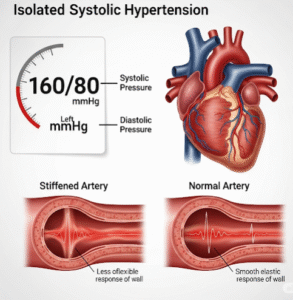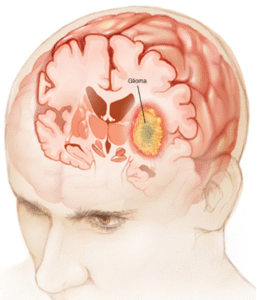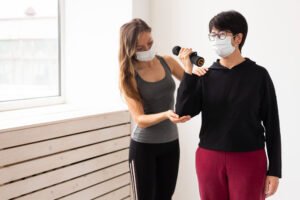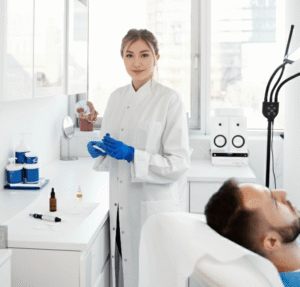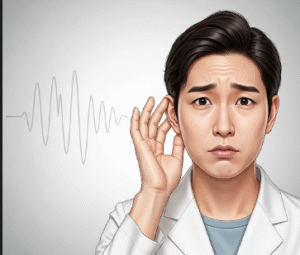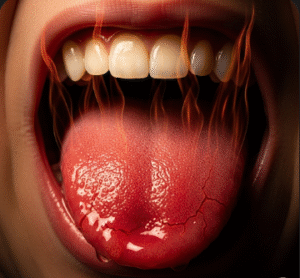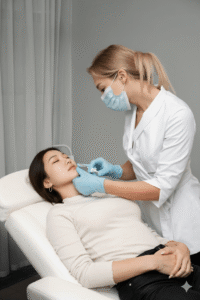What It Is
Defining Cholinergic Urticaria
→ Cholinergic urticaria (CholU) is a type of physical urticaria triggered by increases in body temperature, leading to tiny, itchy hives surrounded by redness.
→ Triggers include exercise, hot showers, stress, spicy food, or emotional excitement.
→ The condition is common in young adults and may last for years, causing significant discomfort and lifestyle limitations.
→ In Korea, specialized dermatology and allergy clinics provide structured care programs to manage symptoms, identify triggers, and improve quality of life.
Key Characteristics
- Small (1–3 mm) itchy hives that appear suddenly when body temperature rises
- Often starts on chest, neck, arms, or face, then spreads
- Severe itching or stinging sensation accompanies rash
- Symptoms typically resolve within 30–60 minutes once body cools down
- Rarely, systemic reactions (wheezing, dizziness, fainting) may occur
Why It’s Done
Main Reasons for Seeking Care
➡ Symptom Relief – Intense itching disrupts exercise, work, and daily life.
➡ Preventing Severe Reactions – Though rare, systemic anaphylaxis-like responses can occur.
➡ Improved Quality of Life – Patients often avoid heat, exercise, or social activities; treatment restores normalcy.
➡ Trigger Management – Identifying personal triggers prevents unnecessary restrictions.
➡ Long-Term Control – Structured treatment reduces recurrences and builds tolerance.
Alternatives
Non-Medical Options
- Avoiding Heat Triggers → Limiting hot showers, spicy food, or overheated environments.
- Cooling Strategies → Wearing breathable clothing, staying hydrated, using cooling packs.
- Stress Reduction → Mindfulness, relaxation techniques to reduce emotional flare-ups.
- Symptom Diary → Tracking triggers helps personalize prevention strategies.
Medical Alternatives
→ When non-medical measures are insufficient:
- Non-sedating Antihistamines → First-line therapy to reduce hives and itching.
- High-Dose Antihistamines → Increased up to 4x the standard dose in resistant cases.
- Leukotriene Receptor Antagonists (Montelukast) → Sometimes used as add-on therapy.
- Biologic Therapy (Omalizumab) → Highly effective for chronic, resistant cholinergic urticaria.
- Desensitization Therapy → Controlled exposure to triggers (exercise, heat) under supervision to build tolerance.
Preparation
Before Care and Treatment in Korea
➡ Detailed Medical History – Includes onset, frequency, and duration of hives.
➡ Trigger Review – Patients are asked about exercise habits, diet, showering, and emotional stress.
➡ Provocation Testing – Heat or exercise challenge tests confirm diagnosis (e.g., treadmill exercise, hot bath).
➡ Differential Diagnosis – Doctors rule out exercise-induced anaphylaxis, solar urticaria, or food allergy.
➡ Patient Counseling – Explanation that condition is chronic but manageable with lifestyle modification and medications.
How It’s Done
Standard Cholinergic Urticaria Care in Korea
1. Avoidance and Lifestyle Management
→ First-line approach includes:
- Avoiding overheated rooms and long hot showers
- Reducing intake of spicy foods and alcohol
- Wearing lightweight, breathable clothing
- Practicing stress management techniques
2. Antihistamine Therapy
→ The cornerstone of treatment.
- Non-sedating antihistamines (cetirizine, loratadine, fexofenadine) taken daily.
- If symptoms persist, doses can be increased up to 4x under supervision.
3. Add-On Medications
- Montelukast (leukotriene receptor antagonist) → Helps some patients with exercise-triggered symptoms.
- Short steroid bursts → For severe acute flares, but not for long-term use.
4. Biologic Therapy – Omalizumab
→ Korean clinics frequently use omalizumab injections (anti-IgE biologic) for resistant cases.
- Given every 2–4 weeks.
- Highly effective in reducing frequency and severity of hives.
5. Desensitization Programs
→ Conducted in some specialized centers.
- Patients undergo gradual exercise or sauna exposure under supervision.
- Builds tolerance to heat and sweating triggers over time.
6. Supportive Skin Care
→ Hypoallergenic cleansers, moisturizers, and cooling gels are recommended to reduce skin irritation.
Recovery
Immediate Recovery
- Antihistamines provide relief within hours to days.
- Avoidance of triggers significantly reduces flare frequency.
- Most patients notice short-term control with regular medication.
Long-Term Recovery
→ Cholinergic urticaria is chronic but often improves over years.
→ With structured care, patients achieve:
- Reduced frequency of flare-ups
- Less severe itching
- Improved confidence in daily and social activities
→ In Korea, biologic therapy and desensitization offer long-term remission in resistant cases.
Complications
Risks Without Care
- Frequent Itching and Discomfort → Reduces productivity and quality of life.
- Avoidance Lifestyle → Patients may stop exercising or socializing due to fear of flare-ups.
- Secondary Infections → Scratching may cause skin infections.
- Severe Systemic Reactions → Rare but possible; can resemble anaphylaxis.
Risks With Treatment
- Antihistamine Side Effects → Rare sedation with higher doses.
- Steroid Overuse → Harmful if used beyond short bursts.
- Biologic Therapy Risks → Rare allergic reaction to injections.
- Desensitization Risks → May trigger flare-ups during supervised sessions.
Treatment Options in Korea
Why Korea Excels in Cholinergic Urticaria Care
➡ Advanced Allergy-Dermatology Clinics – Provide provocation testing and tailored treatment.
➡ Stepwise Protocols – Following international guidelines with personalized Korean adaptations.
➡ Access to Biologics – Omalizumab widely available in university and private clinics.
➡ Lifestyle Integration – Korean specialists emphasize skincare, diet adjustments, and exercise planning.
➡ Patient Education Programs – Guidance on identifying triggers and using medications safely.
Patient Experience in Korea
- Diagnosis and provocation testing performed during outpatient visits.
- Treatment plans are stepwise, beginning with antihistamines and progressing if needed.
- Patients receive education on safe exercise and heat exposure.
- Korean clinics often combine modern medicine with supportive skincare for comfort.
Conclusion
Cholinergic urticaria care in Korea follows a stepwise, patient-centered approach that balances symptom control, lifestyle management, and advanced therapies.
Through antihistamines, biologics, desensitization, and careful trigger avoidance, Korean dermatology clinics provide effective long-term relief.
Patients benefit from Korea’s expertise in allergy and skin care, access to advanced biologic treatments, and strong patient education, making it one of the best destinations for managing cholinergic urticaria.
For those struggling with heat or exercise-induced hives, Korea offers some of the most advanced, reliable, and holistic treatment options worldwide.



